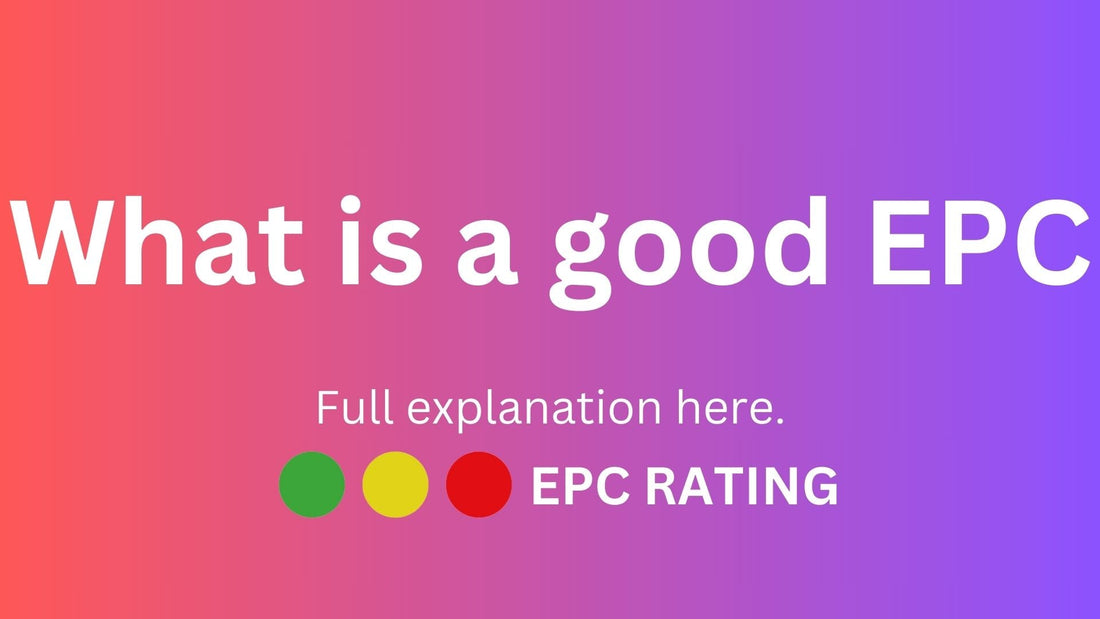
What is consider a good EPC rating?
Share
Energy Performance Certificates (EPCs) play a pivotal role in the world of real estate and energy efficiency. Whether you’re buying, selling, renting, or simply looking to make your home more energy-efficient, EPC ratings are a crucial piece of the puzzle. In this comprehensive guide, we’ll delve deep into EPC ratings, what they mean, and how they can influence your decisions regarding energy consumption and property transactions.
An Energy Performance Certificate (EPC) rating is a numerical measure of a property’s energy efficiency. It provides valuable insights into how efficiently a building uses energy and offers recommendations for enhancing its energy performance. These ratings are presented on a scale from A (most efficient) to G (least efficient), with ‘A’ being the most desirable.
The EPC Rating Scale
A: 92-100 points (most efficient)
B: 81-91 points
C: 69-80 points
D: 55-68 points
E: 39-54 points
F: 21-38 points
1-20 points (least efficient)
What do EPC ratings mean?
Here’s a detailed breakdown of what EPC ratings actually mean.
A: Properties with an ‘A’ rating are at the top of the efficiency ladder. They are exceptionally energy-efficient and come with the benefit of significantly lower energy bills. ‘A’ rated properties typically boast well-insulated walls, roofs, and energy-efficient heating systems.
B: ‘B’ rated properties are also considered highly efficient. They feature good insulation and various energy-saving features, making them cost-effective to run.
C: Properties with a ‘C’ rating meet the minimum energy efficiency standards required by building regulations. They represent average energy efficiency.
D: A ‘D’ rating suggests that a property’s energy efficiency is moderate. Such properties may require improvements to reduce energy consumption. They are generally less efficient than A, B, or C rated properties, however this is where most homes in England Wales fall.
E: ‘E’ rated properties are less efficient and often come with higher energy costs. However, they can benefit from energy-saving upgrades to improve their rating.
F: An ‘F’ rating indicates inefficiency, resulting in higher energy bills. Significant improvements are necessary to achieve higher ratings.
F: ‘G’ rated properties are the least efficient. They have the highest energy costs and require substantial energy-saving measures to become more efficient.
Overall, EPC ratings of A or B are viewed as excellent in terms of energy efficiency. These ratings suggest that the property is well-insulated, probably possesses modern heating systems, and may even feature renewable energy technologies such as solar panels. Lower energy bills and a smaller carbon footprint make these properties more appealing to potential buyers or tenants. Ratings of E, F, or G, are considered poor and reflect a high level of energy inefficiency. These properties usually have steep energy costs and could substantially benefit from enhancements in energy efficiency.
However, while EPC ratings can offer a summary of a property’s energy efficiency, they’re not the only aspect to consider. Factors such as the age and type of the property, the residents’ lifestyle, and specific heating and cooling requirements can all affect energy consumption.
